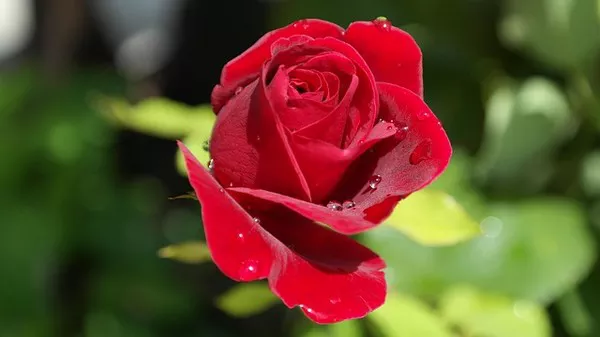Roses, with their timeless beauty and captivating fragrance, have long been cherished as symbols of love and elegance. Cultivating these stunning flowers in your garden can be a rewarding experience, but successful rose gardening requires careful planning and attention to detail. In this comprehensive guide, we will walk you through the step-by-step process of planting and caring for rose flowers to ensure they thrive and grace your garden with their exquisite blooms.
Choosing the Right Variety:
The first step in growing roses is selecting the right variety for your garden. With a myriad of options available, ranging from hybrid teas to shrub roses, it’s crucial to consider factors such as climate, soil type, and available space. Research different varieties to find ones that are well-suited to your local climate and soil conditions. Consulting with local nurseries or experienced gardeners can provide valuable insights into the best rose varieties for your specific region.
Selecting an Ideal Location:
Roses thrive in locations that receive at least six hours of direct sunlight each day. Choose a site with well-draining soil to prevent waterlogging, as roses prefer slightly acidic to neutral pH levels. Adequate air circulation is also essential to prevent diseases, so avoid planting roses too closely together. Additionally, ensure that the chosen location allows for easy access and maintenance.
Soil Preparation:
Prepare the soil by incorporating organic matter such as compost or well-rotted manure. This enriches the soil, providing essential nutrients for healthy rose growth. Loosen the soil to a depth of at least 12 inches to facilitate root development and improve drainage. If your soil is heavy clay, consider amending it with sand to enhance drainage.
Planting:
The ideal time to plant roses is in early spring or late fall, allowing them to establish their roots before the onset of extreme temperatures. Before planting, soak the rose’s roots in water for a few hours to rehydrate them. Dig a hole that is twice as wide as the root ball and deep enough to accommodate the roots without crowding. Place the rose in the center of the hole, ensuring that the graft union (the swollen area where the rose is grafted onto the rootstock) is at least 2 inches below the soil surface. Backfill the hole with soil, gently tamping it down as you go, and water thoroughly.
Watering:
Proper watering is crucial for the health of your roses. Water newly planted roses deeply to encourage root establishment, and thereafter, provide consistent moisture throughout the growing season. Water the base of the plants in the early morning to allow foliage to dry, reducing the risk of fungal diseases. Mulching around the base of the roses helps retain soil moisture, suppress weeds, and regulate soil temperature.
Feeding and Fertilizing:
Roses are heavy feeders and benefit from regular fertilization. Use a balanced, slow-release fertilizer in early spring, just as new growth begins. Supplement with additional feedings during the growing season, following package instructions for application rates. Be cautious not to over-fertilize, as this can lead to excessive foliage at the expense of flower production.
Pruning:
Pruning is a key aspect of rose care, promoting air circulation, shaping the plant, and removing dead or diseased wood. In late winter or early spring, prune hybrid teas and grandifloras to encourage vigorous new growth. Shrub roses generally require less pruning but benefit from the removal of dead or crowded branches. Always use sharp, clean pruning shears to make clean cuts and reduce the risk of disease.
Disease and Pest Management:
Vigilance is essential in preventing and managing common rose diseases such as black spot and powdery mildew. Choose disease-resistant varieties whenever possible and ensure proper spacing to promote air circulation. Regularly inspect your roses for signs of disease or pests, and promptly address any issues with appropriate treatments, such as fungicides or insecticidal soaps.
Winter Care:
Prepare your roses for winter by mulching around the base to protect the roots from freezing temperatures. In colder climates, consider mounding soil or straw around the base of the plants to provide additional insulation. Prune long canes and remove dead or diseased wood to prevent winter damage. Water the roses thoroughly before the first hard frost to ensure they enter winter well-hydrated.
See Also Is Tulip A Birth Flower? An In-Depth Analysis
Conclusion:
Growing and caring for rose flowers can be a deeply fulfilling endeavor, rewarding gardeners with breathtaking blooms and fragrant blossoms. By selecting the right varieties, choosing an ideal location, preparing the soil, and providing proper care throughout the seasons, you can cultivate a thriving rose garden that enhances the beauty of your outdoor space. With attention to detail and a commitment to regular maintenance, you can enjoy the timeless elegance of roses in your garden for years to come.


